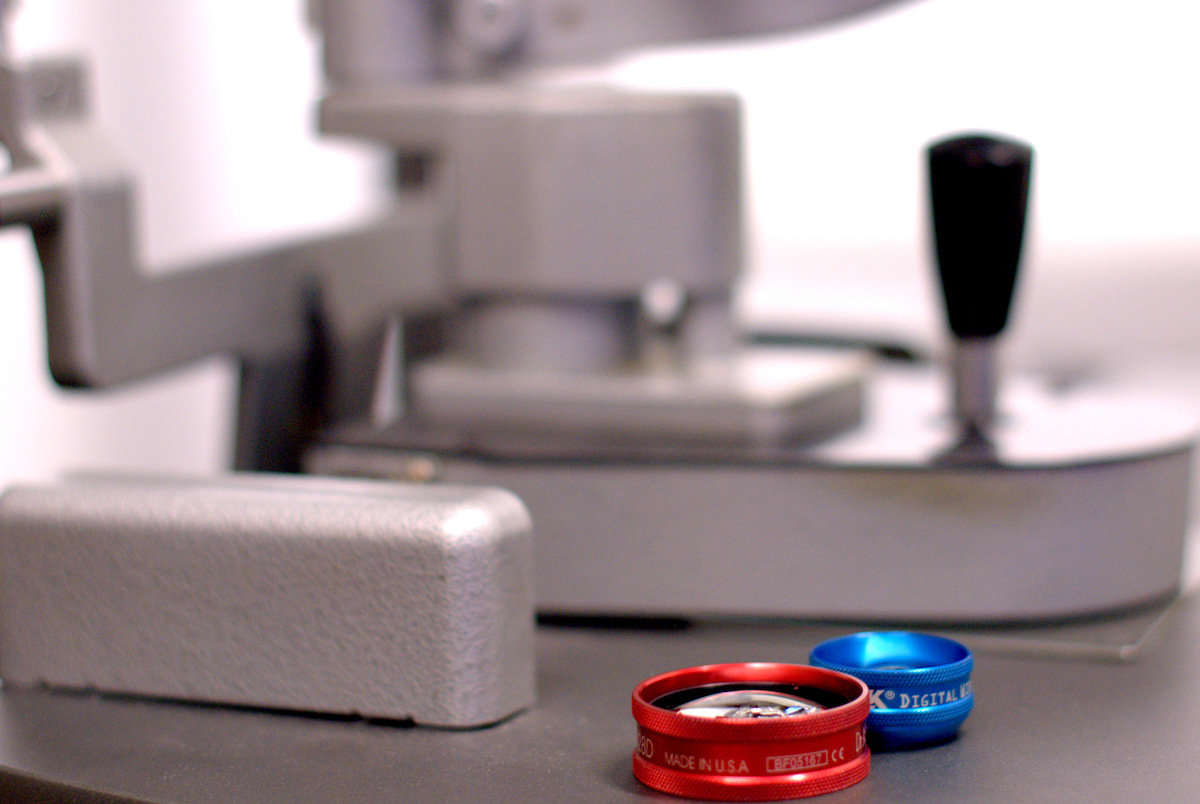What is an Angiogram?
An angiogram is an investigation of blood vessels in the body. This test can tell us about the health of the blood vessels in the retina, the light sensitive layer of tissue that lines the inner surface of the eye.
An angiogram can help in detecting and monitoring many diseases that affect the retina, such as macular degeneration, diabetes and vein occlusions. It is not used for treatment of diseases.
An angiogram may be necessary to obtain government approval and rebate for certain latest treatment options.

How is an angiogram done?
The test is performed by injecting a ‘fluorescein’ dye into a vein in the arm. In seconds the dye travels to the blood vessels inside the eye. A camera equipped with a special filter is used to take photographs of the dye as it circulates through the blood vessels in the eye.
If there are any circulation problems, for example, swelling, abnormal or leaking blood vessels, the dye will reveal these in the photographs. Dr Sharma can use the photographs to decide how to best treat your eyes.
What do I need to know before I come in?
- You are likely to be in the hospital between 2-4 hours
- Wear loose sleeved clothing
- You can eat and drink prior to the angiogram
- Take all your usual medications prior to the angiogram
- Bring someone with you
- Bring all your medications with you
- You will not be able to drive after the procedure for up to 4 hours
- Bring sunglasses to wear outside when you leave the hospital
The procedure
- Your eyesight, general health and current medications will be checked.
- Your pupils will be dilated by putting drops in your eyes. It usually takes 30 to 45 minutes for the pupils to dilate adequately for the test.
- Following eye dilation, fluorescein dye will be injected through a regular intravenous (IV) cannula into your arm.
- Photos of your eye will be taken before and after the dye is injected, over 5-10 minutes.
- You will have to stay for a further 10-15 minutes to make sure you do not have any allergic reactions or side effects.
- Once the photographs are processed, Dr Sharma will review them with you.
Risks & side effects
It is normal to have slight yellowish colour to the skin and eyes, bright yellow urine and blurred vision, all of which may last between 24 to 48 hours.
Less commonly, you may develop:
- Nausea, or vomiting occasionally (1:100). The feeling generally passes within a minute after the dye has gone through.
- Itchy scratchy skin (1:1000)
- Very rarely you may have a severe allergic reaction, affecting your blood pressure or breathing (1:10,000), or death (1:200,000).
At QEI, we are trained to perform fluorescein angiograms and manage reactions.
Dr Sharma will discuss the need for fluorescein angiogram in detail with you. Please let us know of any previous medical history, and questions or concerns you might have.

